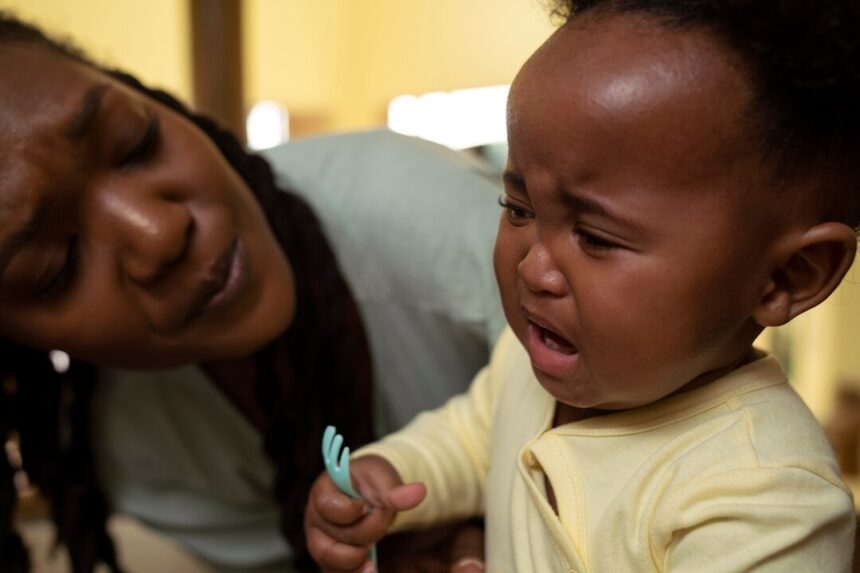Bronchiolitis is a common respiratory illness that affects infants and young children, particularly during the winter months. While often mild, bronchiolitis can cause significant discomfort and breathing difficulties, especially in babies under the age of two. Understanding the signs and symptoms of bronchiolitis is essential for parents to seek appropriate medical care and support their child’s recovery. Here’s what you need to know about recognizing the signs of bronchiolitis:
- Early Symptoms: Bronchiolitis typically begins with mild cold-like symptoms, including a runny or stuffy nose, cough, and low-grade fever. These symptoms may initially resemble those of a common cold but can progress to more severe respiratory distress in some cases.
- Persistent Cough: A persistent cough is a hallmark symptom of bronchiolitis. The cough may start as a dry, hacking cough but can become more frequent and productive over time, producing thick mucus or phlegm.
- Wheezing: Wheezing, or a high-pitched whistling sound when breathing, is a common sign of bronchiolitis. Wheezing occurs when the small airways in the lungs become narrowed or obstructed due to inflammation and mucus buildup.
- Rapid or Labored Breathing: Children with bronchiolitis may exhibit rapid, shallow breathing or retractions, where the skin between the ribs or above the collarbone appears to sink in with each breath. Labored breathing may also be accompanied by flaring nostrils or grunting sounds.
- Difficulty Feeding: Infants with bronchiolitis may have difficulty feeding due to respiratory distress. They may show signs of decreased appetite, increased fussiness, or refusal to breastfeed or bottle-feed.
- Fatigue or Irritability: Bronchiolitis can cause fatigue and irritability in affected children, as they may struggle to breathe comfortably and experience disrupted sleep patterns.
- Fever: While not always present, fever is a common symptom of bronchiolitis, particularly in the early stages of the illness. The fever may be low-grade (below 100.4°F or 38°C) and may not always correlate with the severity of the respiratory symptoms.
- Bluish Skin: In severe cases of bronchiolitis, decreased oxygen levels in the blood can lead to a bluish discoloration of the lips, tongue, or skin (cyanosis). Cyanosis is a medical emergency and requires immediate medical attention.
- Dehydration: Children with bronchiolitis may be at risk of dehydration due to increased respiratory effort, decreased fluid intake, and fluid loss from fever or sweating. Signs of dehydration include dry mouth, sunken eyes, decreased urine output, and lethargy.
- High-Risk Groups: Certain groups of children are at higher risk of developing severe bronchiolitis, including infants younger than six months, premature babies, children with underlying medical conditions such as heart or lung disease, and those born with a weakened immune system.
It’s important for parents to be vigilant for signs of respiratory distress in children with bronchiolitis and seek prompt medical attention if their child exhibits any of the following:
- Severe difficulty breathing, with persistent wheezing or gasping for air
- Bluish skin or lips
- Signs of dehydration, such as dry mouth, sunken eyes, or decreased urine output
- Lethargy, extreme fussiness, or difficulty waking up
In conclusion, bronchiolitis is a common respiratory illness in infants and young children, characterized by symptoms such as coughing, wheezing, rapid breathing, and fever. While most cases of bronchiolitis are mild and resolve on their own with supportive care, severe cases may require medical intervention, including hospitalization and oxygen therapy. By recognizing the signs of bronchiolitis and seeking appropriate medical care, parents can help ensure the best possible outcome for their child’s health and recovery.










